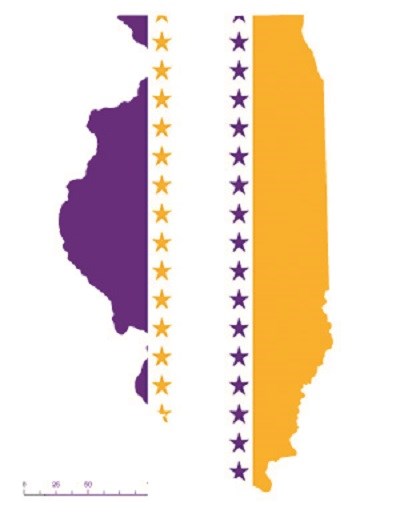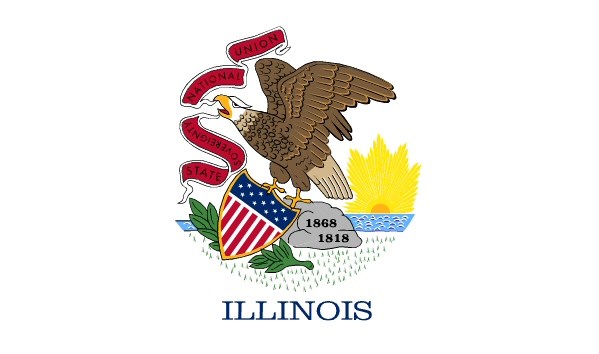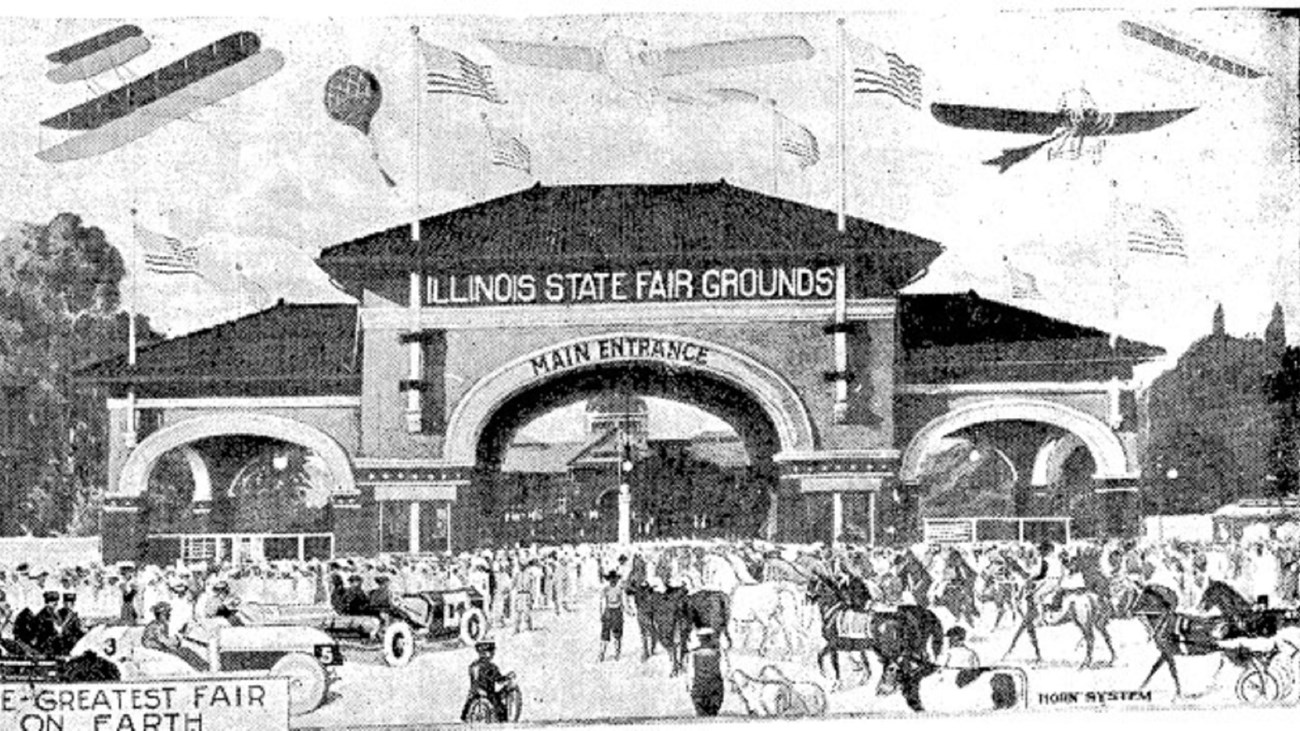Last updated: August 1, 2020
Article
Illinois and the 19th Amendment

Women first organized and collectively fought for suffrage at the national level in July of 1848. Suffragists such as Elizabeth Cady Stanton and Lucretia Mott convened a meeting of over 300 people in Seneca Falls, New York. In the following decades, women marched, protested, lobbied, and even went to jail. By the 1870s, women pressured Congress to vote on an amendment that would recognize their suffrage rights. This amendment was sometimes known as the Susan B. Anthony Amendment and became the 19th Amendment.
The amendment reads:
"The right of citizens of the United States to vote shall not be denied or abridged by the United States or by any state on account of sex."
Although progress on the federal amendment stalled, women also campaigned for changes to state suffrage requirements to win the vote. The Illinois Equal Suffrage Association began pushing for the enfranchisement of women in 1869. When Grace Wilbur Trout became involved in the Association through her membership in the Chicago Political Equality League, she initiated tactics that captured great publicity such as an automobile tour across the state. She and Jane Addams assumed leadership of the suffrage organization in 1912 and used savvy political lobbying to win limited suffrage for women in Illinois in 1913. Although women could only vote in presidential and municipal elections, national suffrage leaders considered this a great victory since Illinois became the first state east of the Mississippi where women could vote. Illinois women also campaigned for the women's suffrage amendment to the U.S. Constitution, including sending a large delegation to the 1913 Women's Suffrage Procession.
Ida B. Wells-Barnett founded the Alpha Suffrage Club in Chicago in 1913 to educate African American women about the political process and encourage them to use the power of the ballot to address issues important to their communities. Her efforts were instrumental in securing the election of the city's first Black alderman, Oscar DePriest, in 1914.
After decades of arguments for and against women's suffrage, Congress finally passed the 19th Amendment on June 4, 1919. After Congress approved the Amendment, at least 36 states needed to vote in favor of it for it to become law. This process is called ratification.
Illinois hoped to be the first state to ratify the amendment. On June 10, 1919, Illinois lawmakers believed they had achieved that goal when ratification passed unanimously in the Illinois Senate and with only three votes opposed in the House. However, in their zeal to be first, the legislature inadvertently voted to approve the wrong language. Once the error was discovered, another vote was taken on June 17, 1919 and Illinois became the seventh state to ratify the amendment. By August of 1920, 36 states (including Illinois) ratified the 19th amendment, recognizing women's suffrage rights.

Illinois Places of Women's Suffrage:
State Fairgrounds
Places throughout Illinois are associated with women’s struggle for suffrage, including the state fairgrounds. The first State Fair in Illinois was established in Springfield in 1853. The annual fair became an important social and cultural event in Illinois history. In 1907, the Illinois Equal Suffrage Association held its annual conference on the fairgrounds. Attendees voted to elect Ella S. Stewart president of the club. Stewart was also involved in organizing women’s suffrage events in Chicago, and she worked with women like Jane Addams, founder of the Hull House. The fairground is listed as a Historic District on the National Register of Historic Places and hosts both public and private events.

The state fair was an important place in the story of ratification. It is listed on the National Register of Historic Places.
